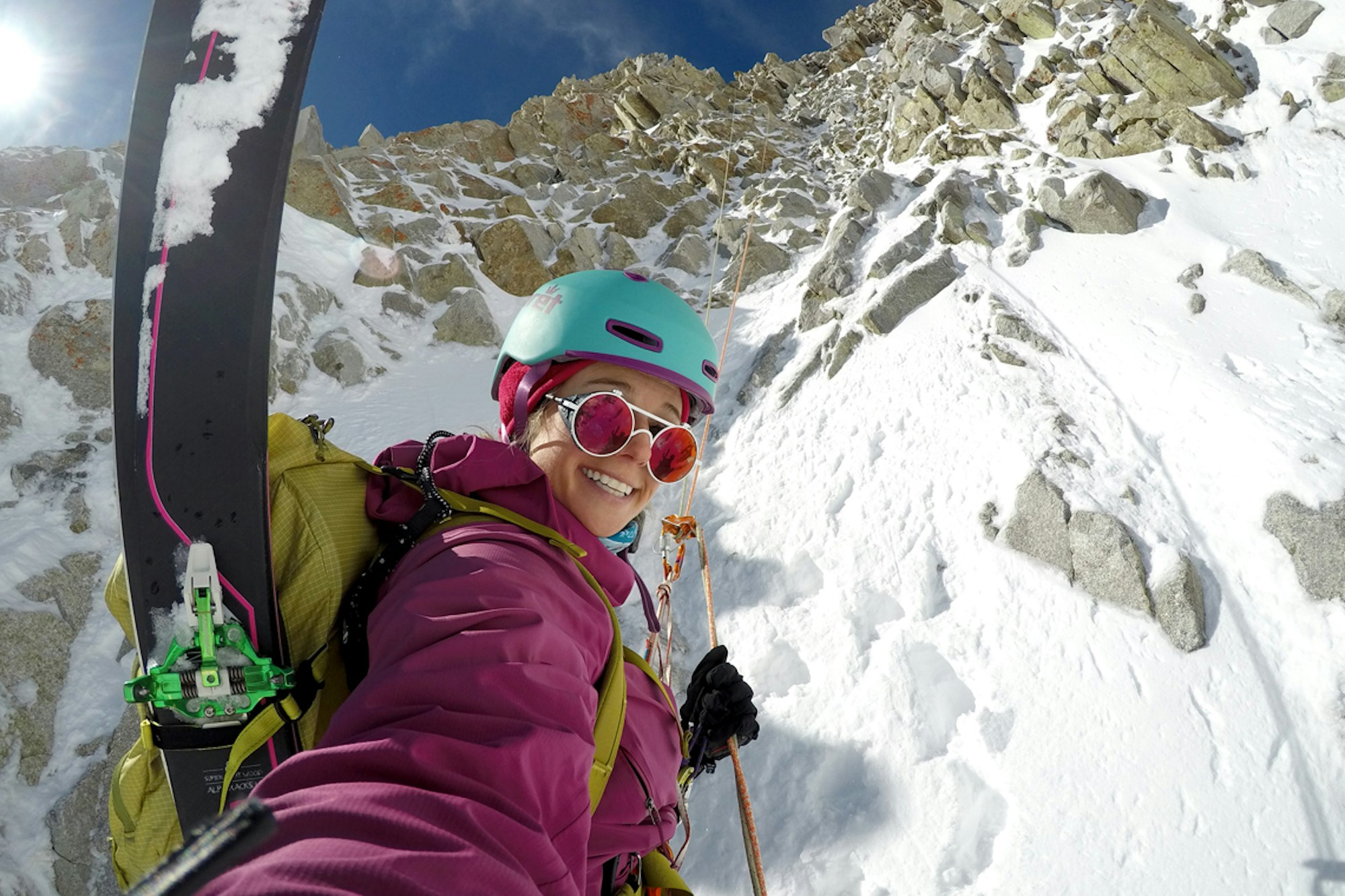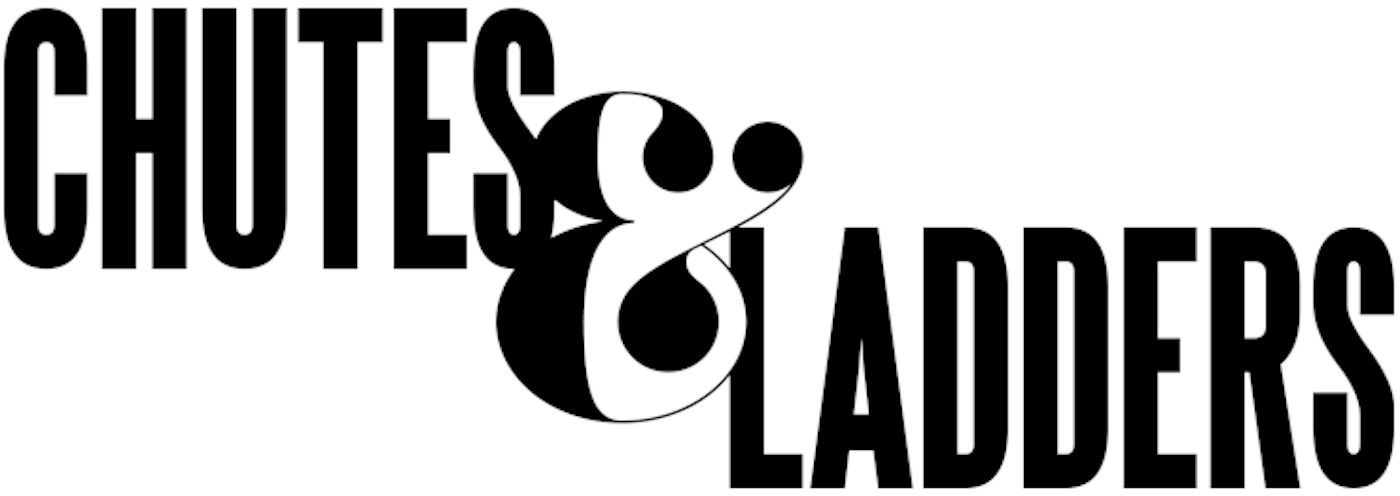
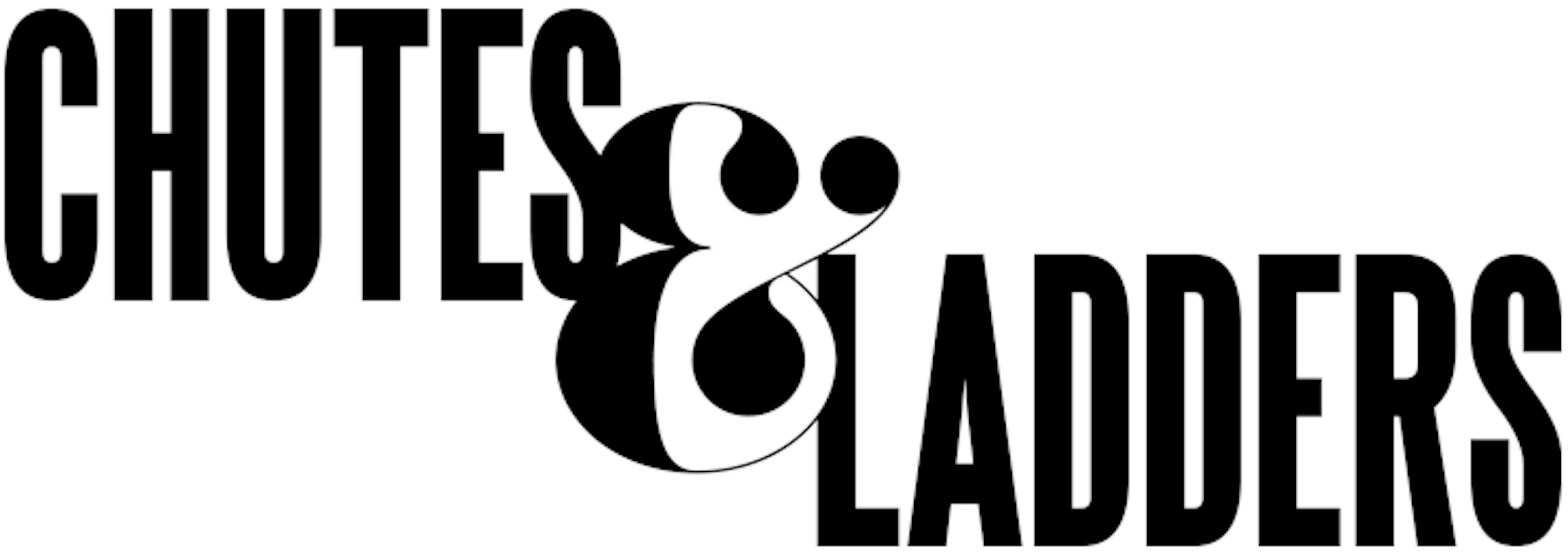
Caroline Gleich set out to become the first woman to ski all 90 lines in The Chuting Gallery, the iconic guidebook to Utah’s steepest lines. Here’s what nearly stopped her mission in its tracks.
It was a spring day in early April when Caroline Gleich set out to ski Ciochetti’s Ribbon, a sketchy, diagonal traverse across Devil’s Castle, the rocky peak that towers over Utah’s Alta Ski Area. The line, which is named after an Alta ski patroller, requires placing anchors and using ropes to cross a thin strip of snow hanging perilously above an ominous 500-foot cliff before you get to the actual skiing—a steep, north-facing apron that funnels you back inbounds. Gleich has skied a lot of tough lines in her day, but this one had special significance: It was the last one she needed to complete all 90 routes in The Chuting Gallery, the iconic 1998 guidebook to Utah’s steepest lines, written by ski mountaineer Andrew McLean. Conditions weren’t ideal—the snow was firm and icy. She wasn’t sure she had it in her to handle the exposure. “Especially with snow and ice, the conditions you need are so specific and there’s such a big risk,” Gleich, 31, says. “It’s dangerous to have this kind of goal, sometimes you forget to look at risk objectively. I’ve definitely walked away from plenty of days.” But could she—or should she?—give up now, when she’d dedicated four years to this project and was so close, with just one line left to ski? Turns out, she’s had a lot of reasons to abort this mission, but none of them have made her walk away.
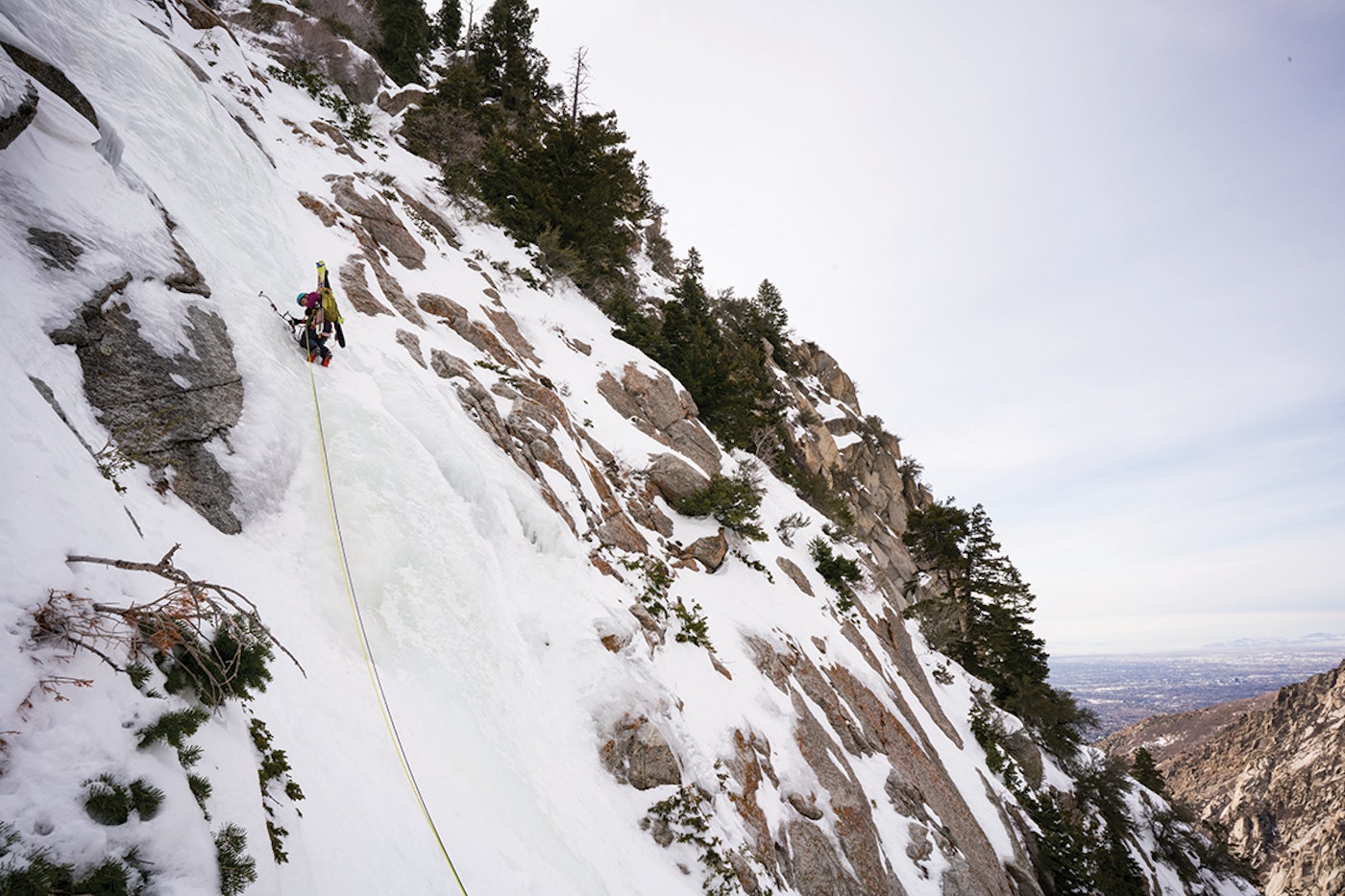
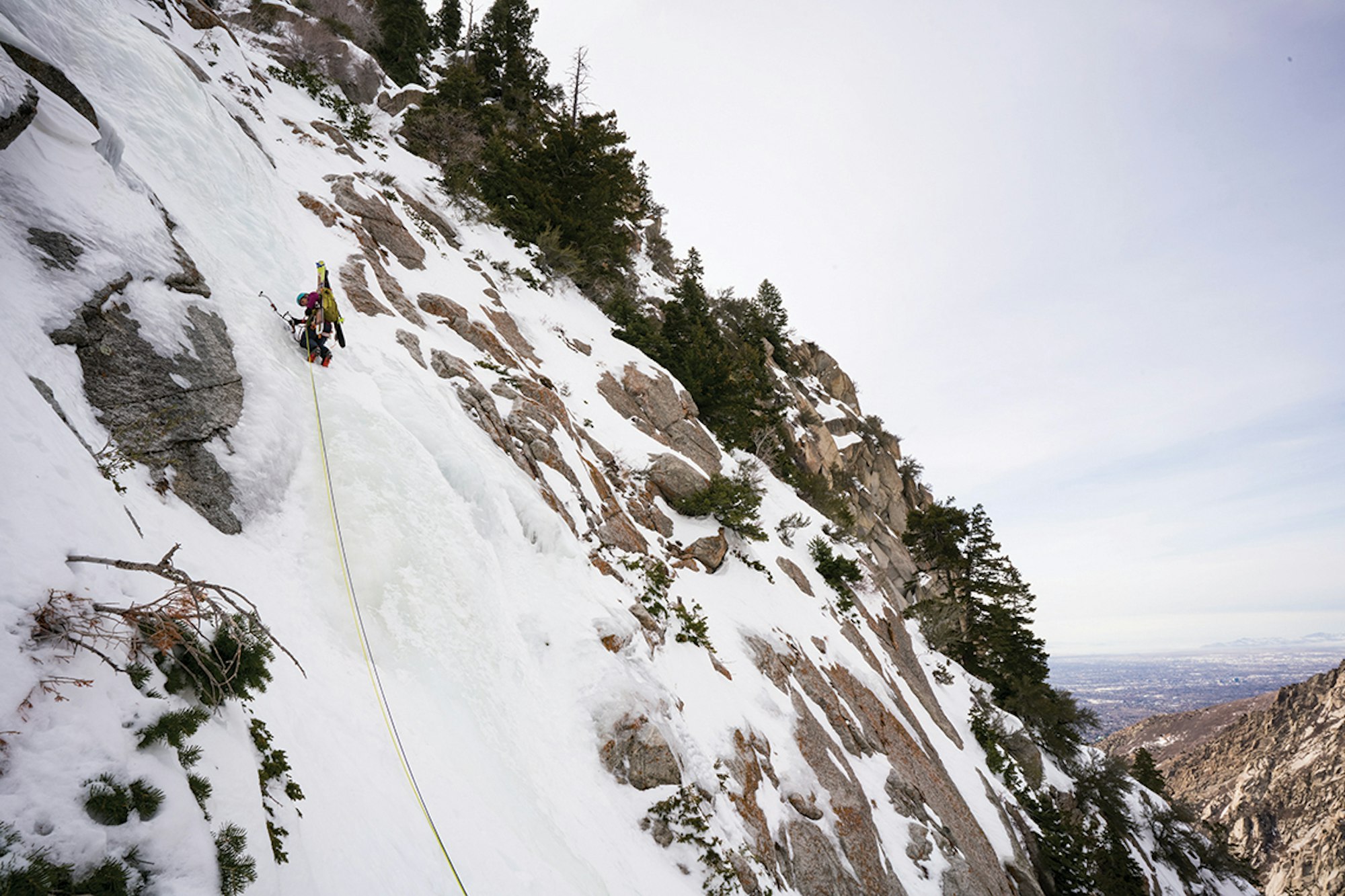
Gleich hasn’t always been a skier. She grew up an ice hockey and tuba player in Rochester, Minnesota. In April of 2011, when she was 15, her half-brother, Martin—who’d taken her on her first backpacking trips and taught her how to rock climb—was killed in an avalanche while climbing up Stairs Gulch, a backcountry route in Utah. Martin was 38 and his wife was pregnant with their first child. Gleich and her parents moved to Salt Lake City a few months after his death, and her parents forbid her from backcountry skiing, at least until she was 18. The next winter, she started taking a bus to Snowbird to ski, fueling her passion for the sport. “She just went off to Snowbird and we didn’t realize what she was doing,” says her dad, Gerald. “She was pushing the envelope at every turn. She’s entirely selfmade. Nobody pushed her to do this, surely not my wife and me.”
A year after Martin died, Gleich discovered McLean’s guidebook. It triggered something in her. “This book terrified me. I was drawn to it in ways that I cannot fully explain,” Gleich has said. Within a few years, she began shooting photos with professional photographers and she picked up sponsors. She was the bubbly, blonde pixie that became the face of skiing in Utah, her beaming smile and powdery turns plastered on billboards at the bottom of Little Cottonwood Canyon. At 18, she ventured into the backcountry for the first time. She got a job at REI so she could get discounted gear. By her twenties, she began climbing and skiing bigger mountains, pushing herself to transform from Ski Magazine cover girl to ski mountaineer. She earned her avalanche level 1, 2 and 3 certifications, took backcountry first aid and rescue courses, started “trad” climbing, and continued logging long days in the backcountry. She skied the three highest peaks in Ecuador in a week and bagged summits everywhere from Chamonix to Peru.
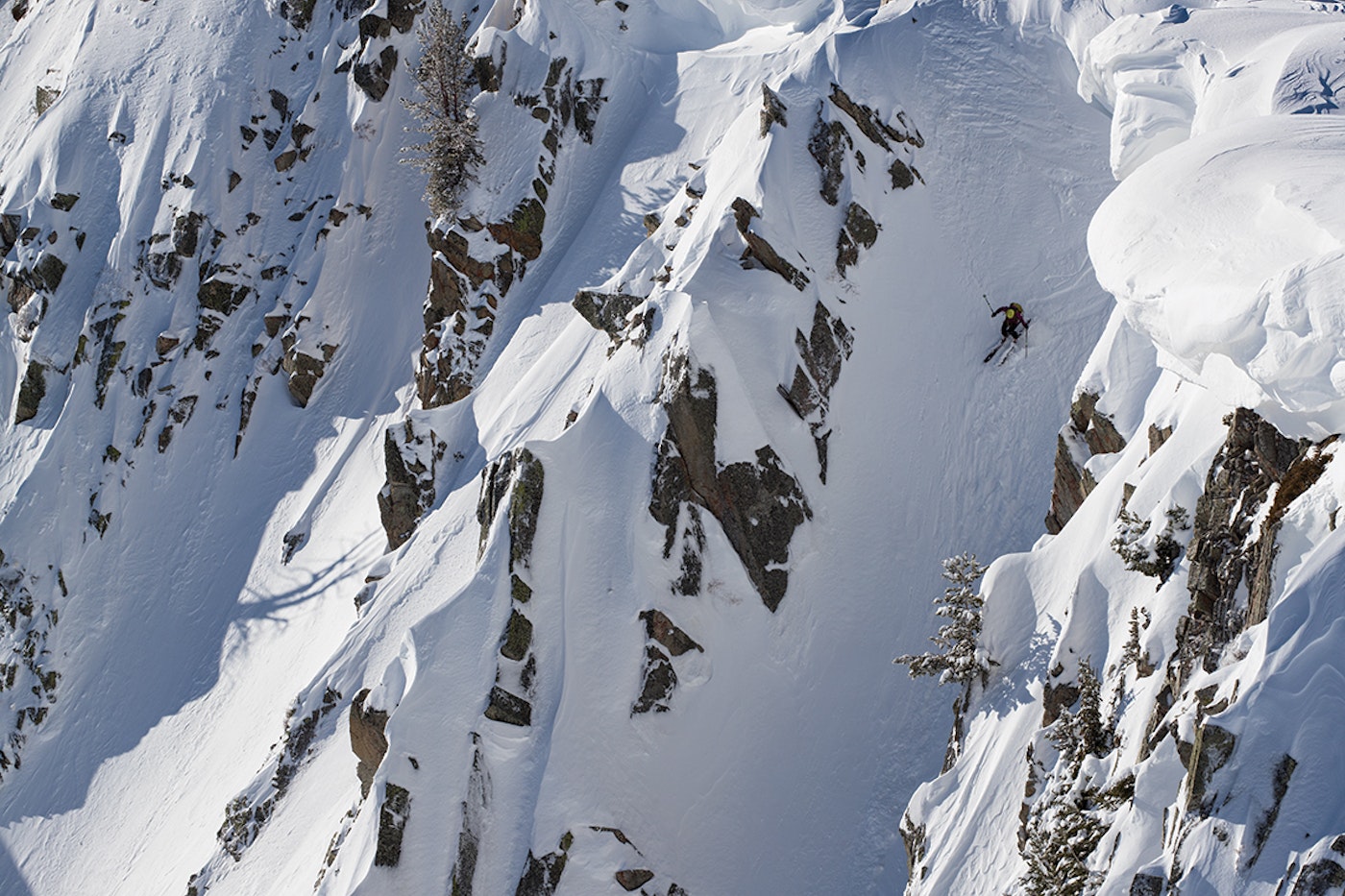
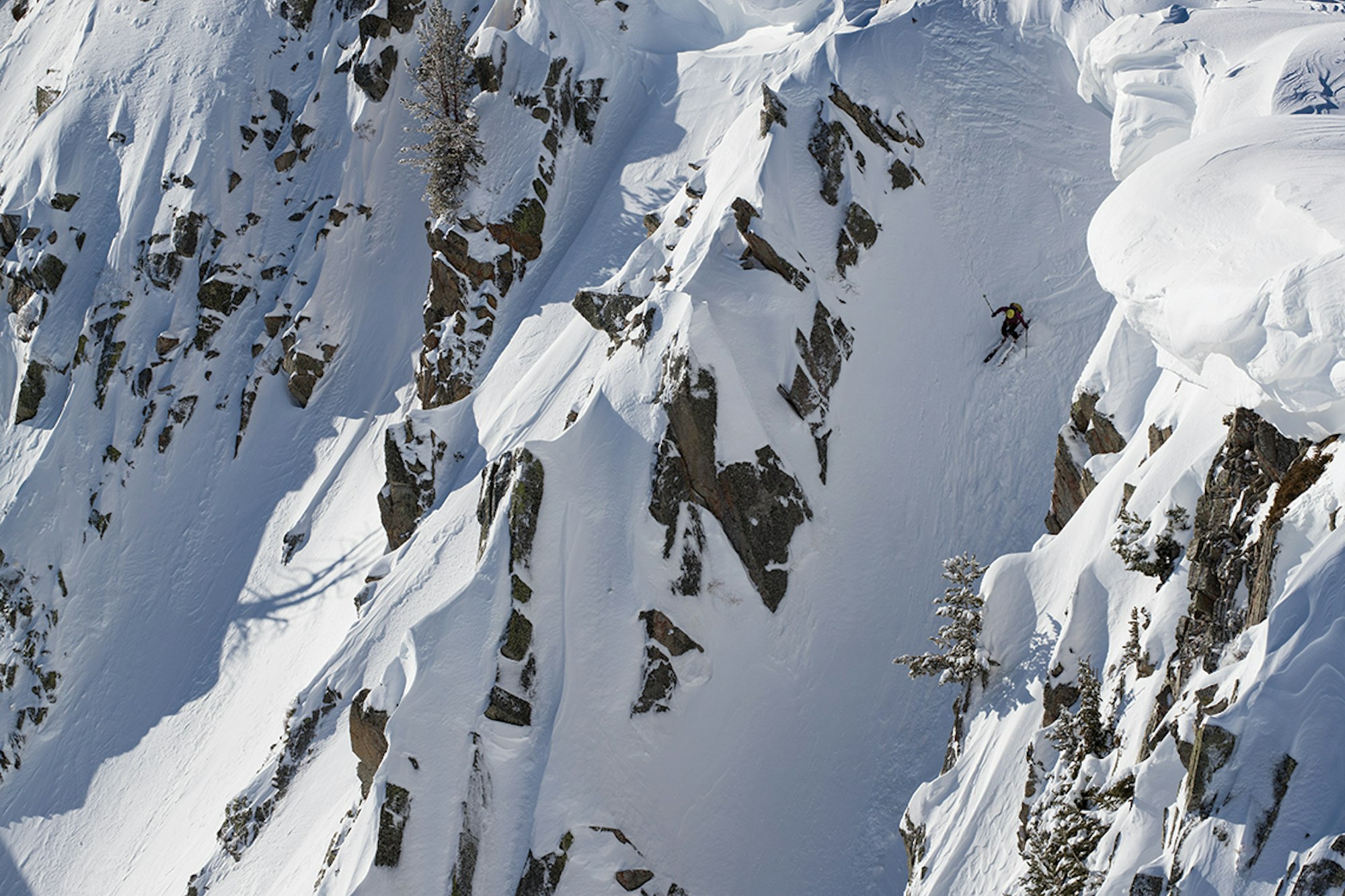
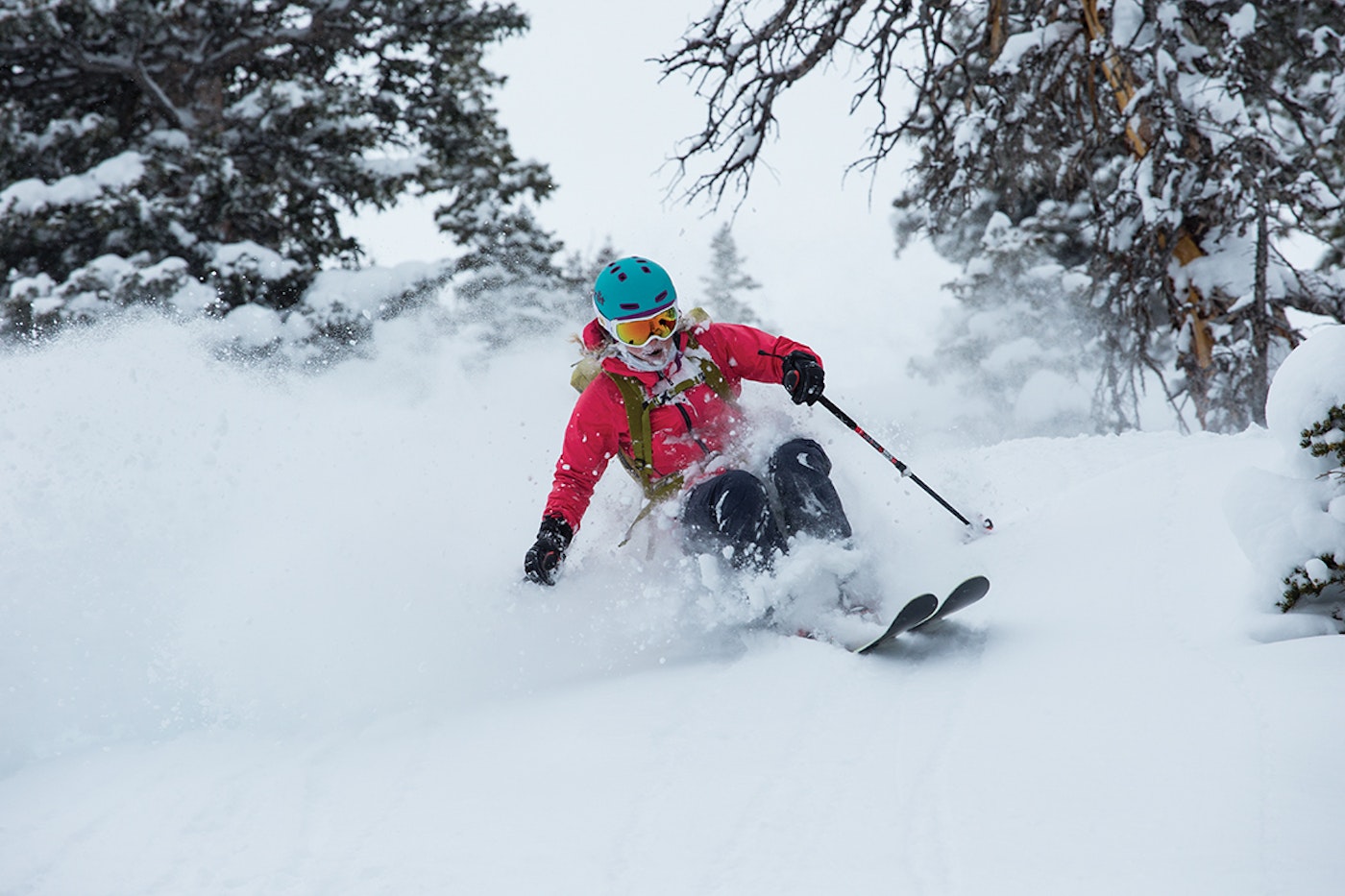
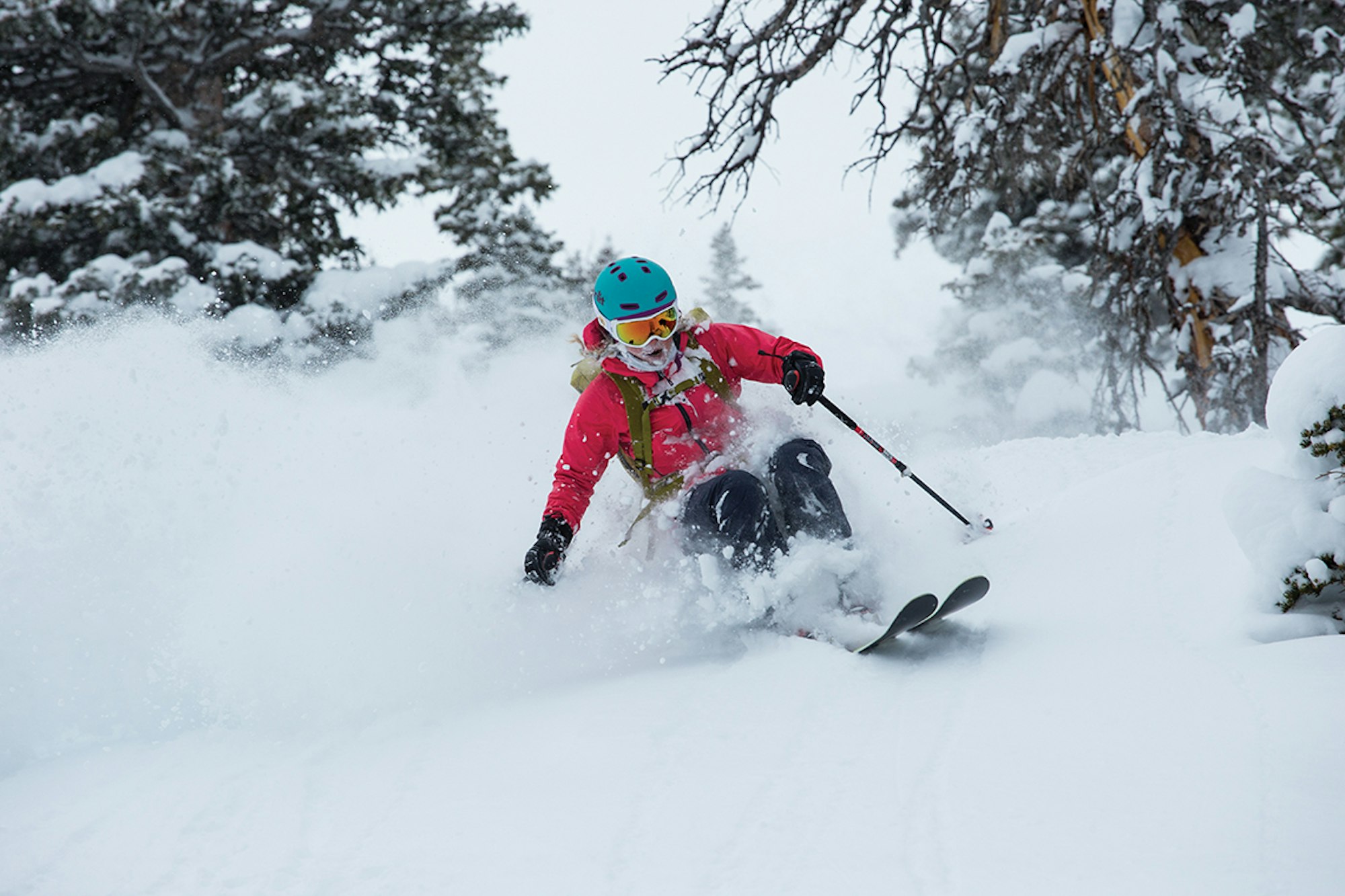
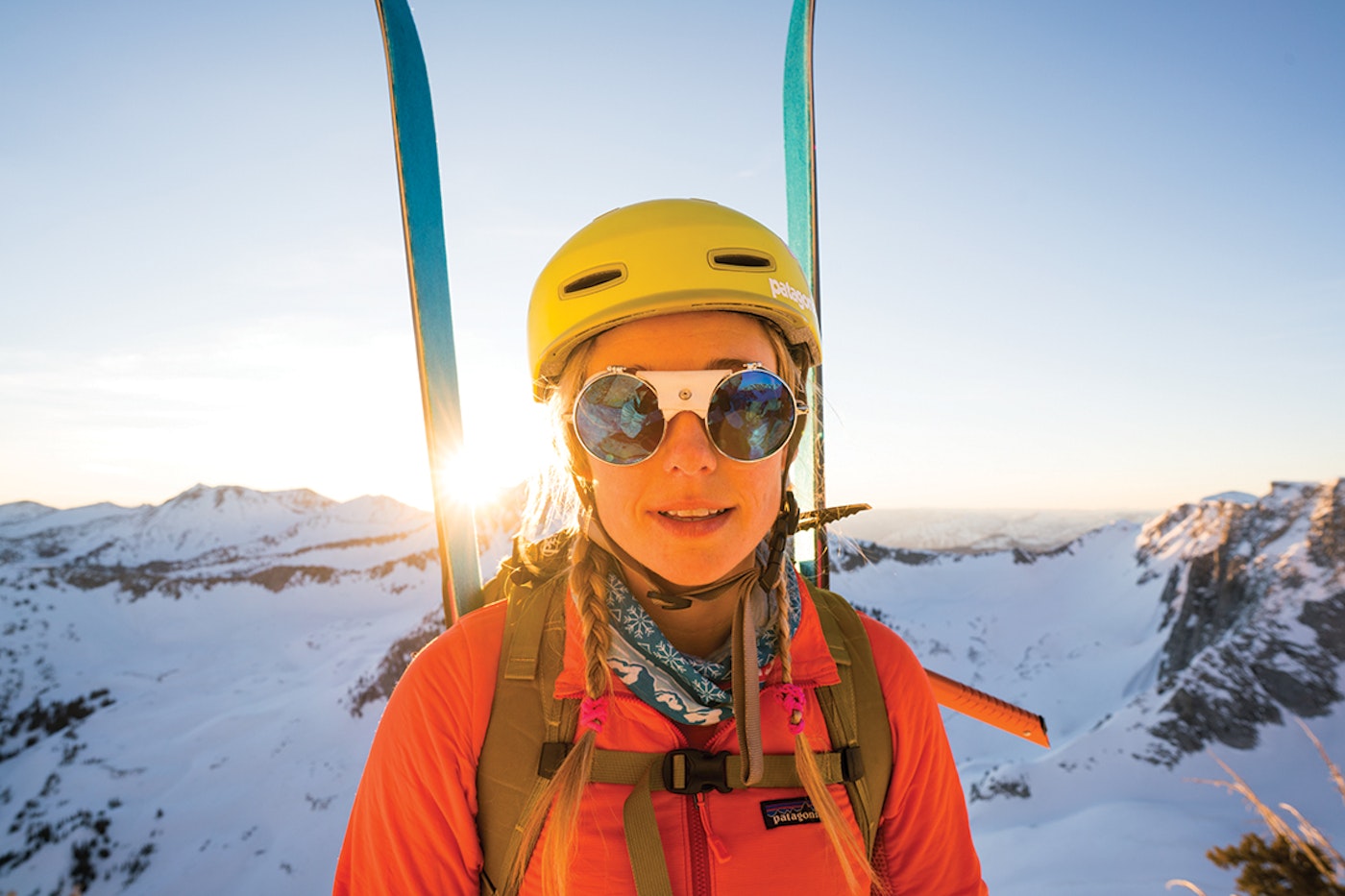
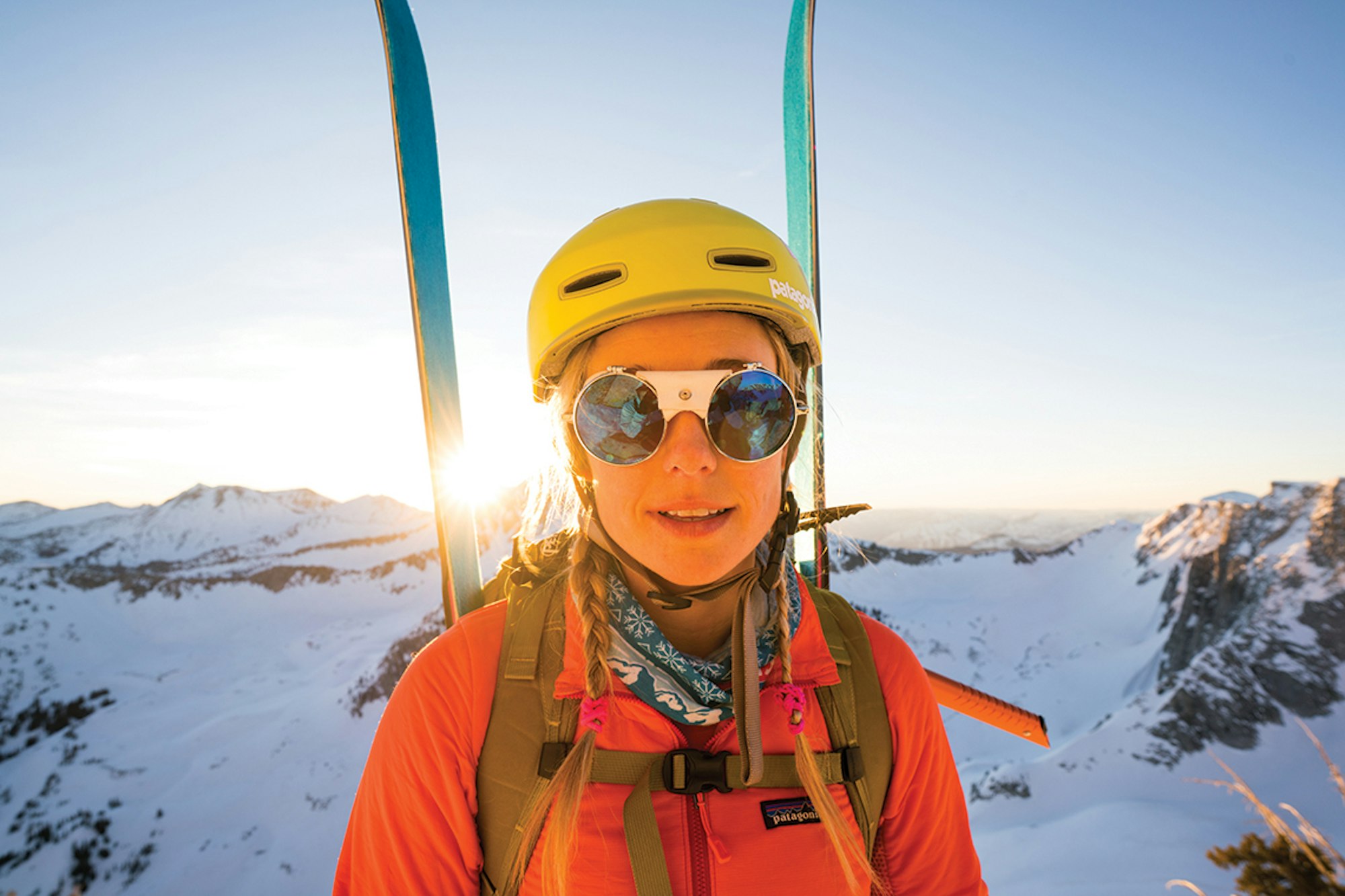
Around 2012, she started checking off lines in McLean’s book. “It took years until I felt like I was ready,” she says. “Learning about snow and avalanches is a lifelong process.” Even then, she never figured she would ski them all. “There were some that I never wanted to ski,” she says. “At the beginning, it was just a fun way to challenge myself.” But as the seasons passed, and she began ticking away at the routes, Gleich decided to try to ski all 90 lines. Halfway through the project, she was dealt a major blow. Her good friend and frequent backcountry partner, pro snowboarder Liz Daley, was killed in an avalanche in Argentina, in September of 2014, at the age of 29. “Liz was part of the inspiration for this project,” Gleich says. “She was a mountain guide and such a talented splitboard mountaineer. I felt like I needed to build my skills to match hers so I could be a better partner for her in places like Chamonix or Alaska.” When Daley died, it destroyed Gleich. “My head wasn’t in the right place. The next winter, I was hesitant and cautious, afraid of being out there,” she says. She tried to channel Daley’s spirit. “Liz brought such a joy to life,” Gleich says. “She loved to dance. She didn’t take things too seriously. It was a good reminder to take the time to find joy in every situation.”
By the winter of 2016, Gleich was back in a good headspace and continuing to check off lines in The Chuting Gallery. That March, she decided the time was right for another emotional challenge. She had to ski the very chute where her brother Martin was killed. “Stairs Gulch isn’t the steepest or scariest line, but it carried all this emotional weight,” she says. She skinned up from Big Cottonwood Canyon in the dark, leaving the trailhead at 5 a.m. alongside her boyfriend and two friends. She summited the peak at sunrise, took a moment to gather herself, then dropped into the funnel-shaped chute. “I felt more at peace about the place and the mountain, but I didn’t feel closure. If anything, it made me relive the loss,” she said afterward. Her parents weren’t thrilled with the idea. “Why tempt fate?” says Gleich’s dad, Gerald. “I am the quintessential broken record on that point. I fear a lot. She does all kinds of things that drive us crazy.” Gleich, of course, knows how her parents feel and that adds to the pressure to stay safe when she’s out in the mountains. “Losing my brother at a young age, I saw what it did to my family, so not coming home or having an accident out there simply isn’t an option,” she says.
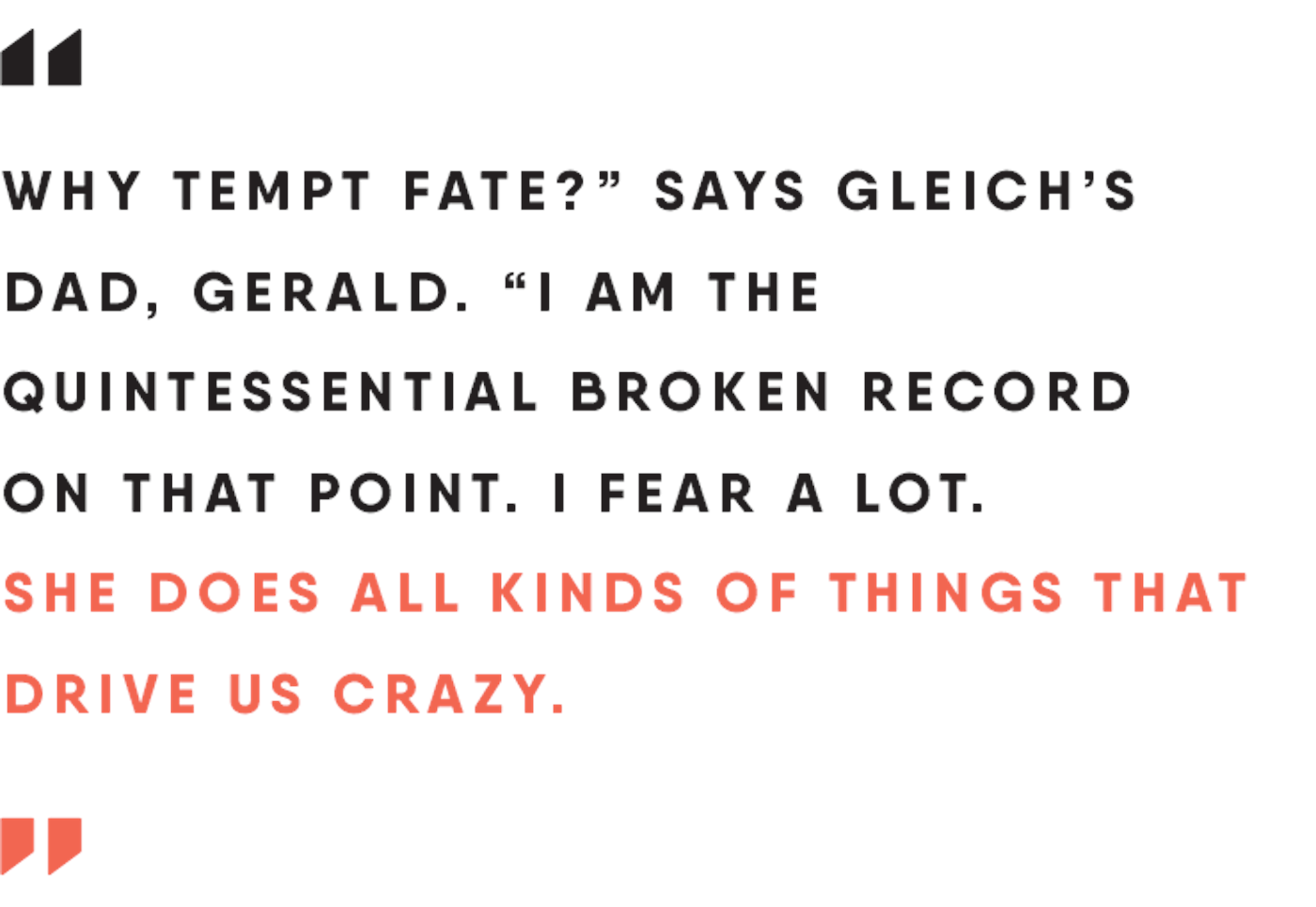
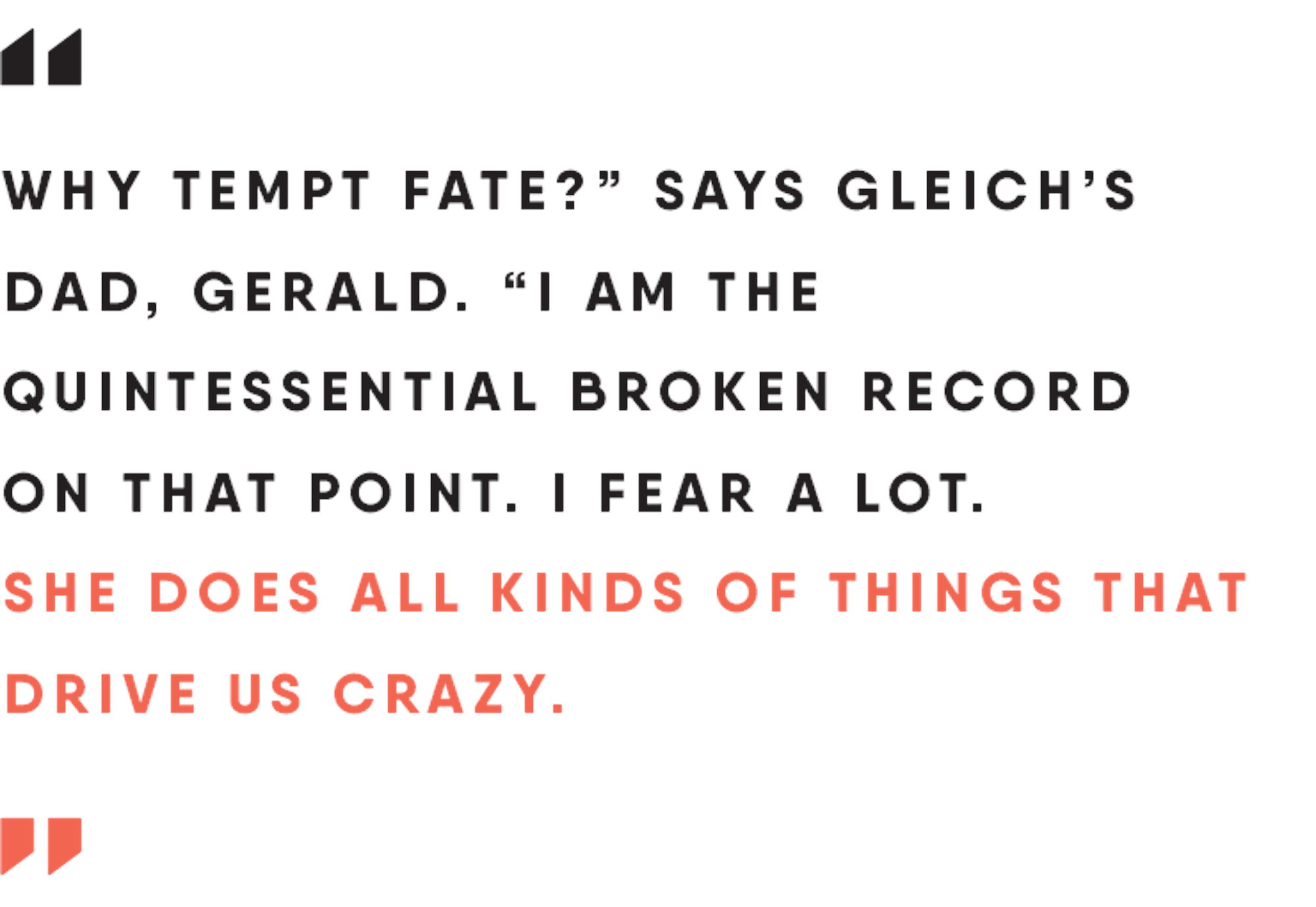
After Stairs Gulch, she had about 20 lines left to complete her goal. Last winter, she knocked off a bunch—the Great White Icicle, the northeast couloir of Lone Peak, the northeast face of the Pfeifferhorn and over a dozen more. By early April, just one line remained: the dreaded Ciochetti’s Ribbon at Alta. “It is one of the more terrifying lines. It has a really high pucker factor,” she says.
After hours traversing the dicey strip of snow above that exposed cliff, Gleich finally made her way to the ski-able apron. “When I was done, there was this huge relief to be back on solid ground,” she says. She became the first woman and the fourth person to complete all 90 lines in The Chuting Gallery. Her journey is documented in a new REI film, Follow Through, which debuted online in October and will be making the film festival rounds. The movie is about setting goals, overcoming obstacles and not giving up—no matter what happens. But it’s also about recognizing when it’s OK to walk away. “Ski mountaineering is one of these things where it’s really dangerous to have a list like this,” Gleich says. “I want to inspire people to set goals and follow through with them but also make sure that they do it safely.”
Andrew McLean, for his part, says he never meant for his book to become a checklist. But he’s certainly impressed by those who are treating it as one. “Caroline saved some really tough ones for the end, lines that require a lot of technical climbing and rope skills as well as skiing skills, but by then, she had put in a ton of work to build up her mountain knowledge and she made them look easy,” McLean says. After skiing Ciochetti’s Ribbon, Gleich went out for tacos and margaritas to celebrate with friends. Her parents were there. She thought about Liz Daley and her brother, Martin. She thought about all the times she’d been scared and wanted to turn back. All the times she’d clenched her teeth and moved forward. “For me, skiing these lines was a really powerful way to find healing,” Gleich says. “It was a celebration of life and a way to remember Liz and Martin in a positive light. Every time I’d be out in the mountains, I’d feel like they were out there cheering for me.”
Related Gear…
Vermont Classic Sunglasses, by Julbo — $150
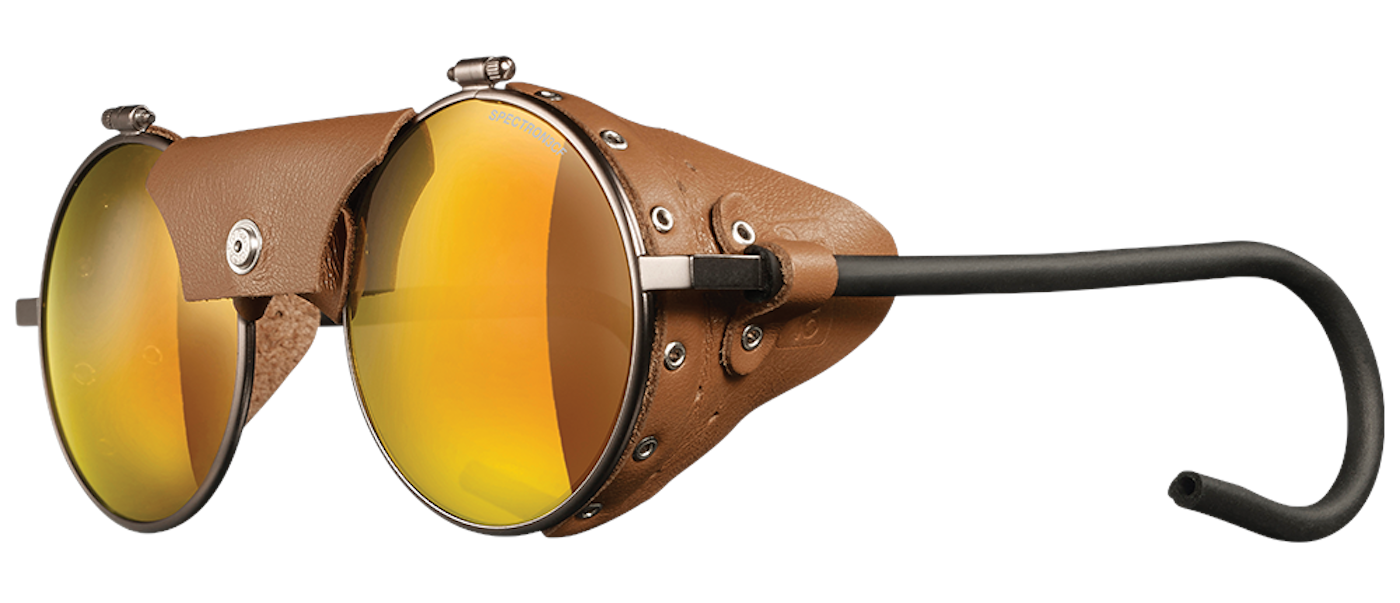
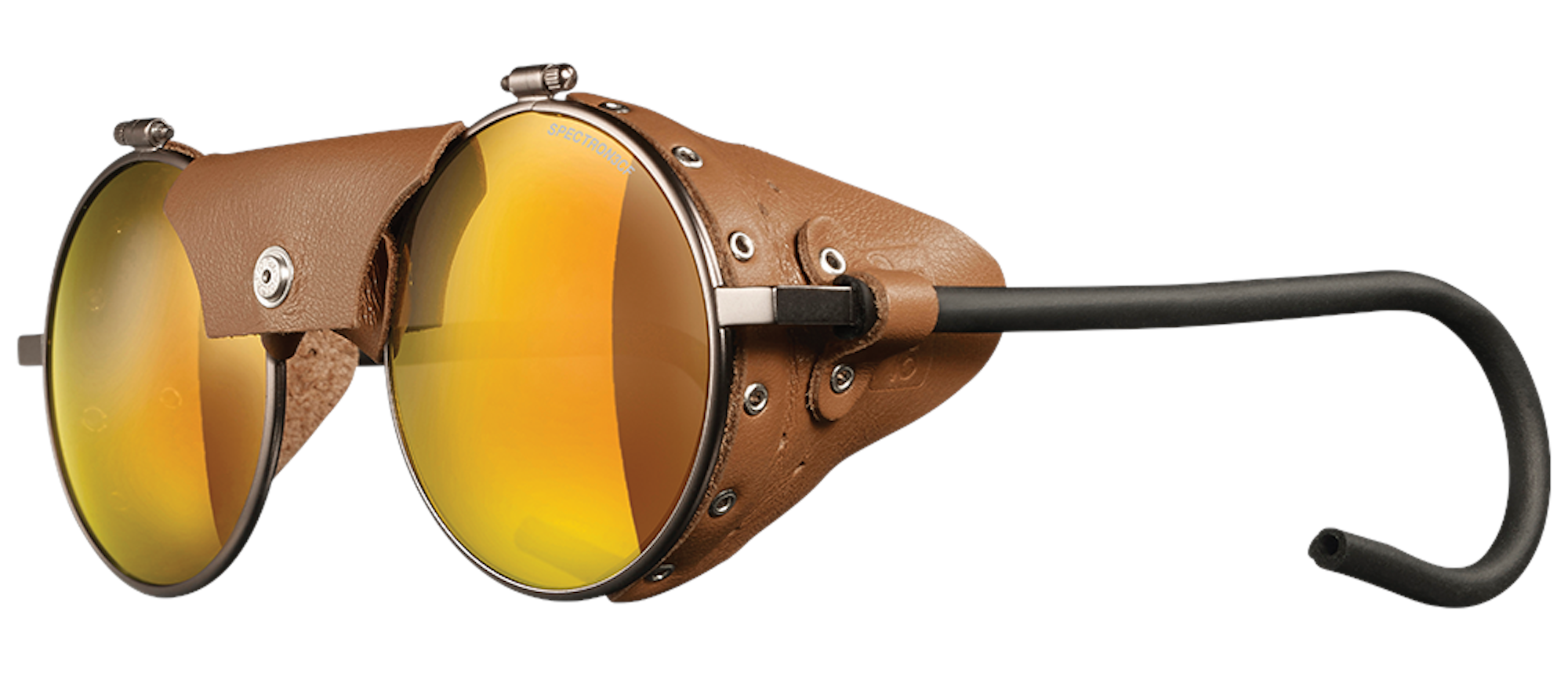
Handmade in France, these glacier glasses utilize durable yet beautiful lenses along with a leather nose-piece and side shields to block out lobster-burn-inducing, high-alpine UV rays. Rubber, hooked arms help them stay comfortably on your ears at all times. The “VC” now comes in three eye-catching colorways, to boot.
Starwind Goggles w/ Reactiv Lens, by Julbo — $230
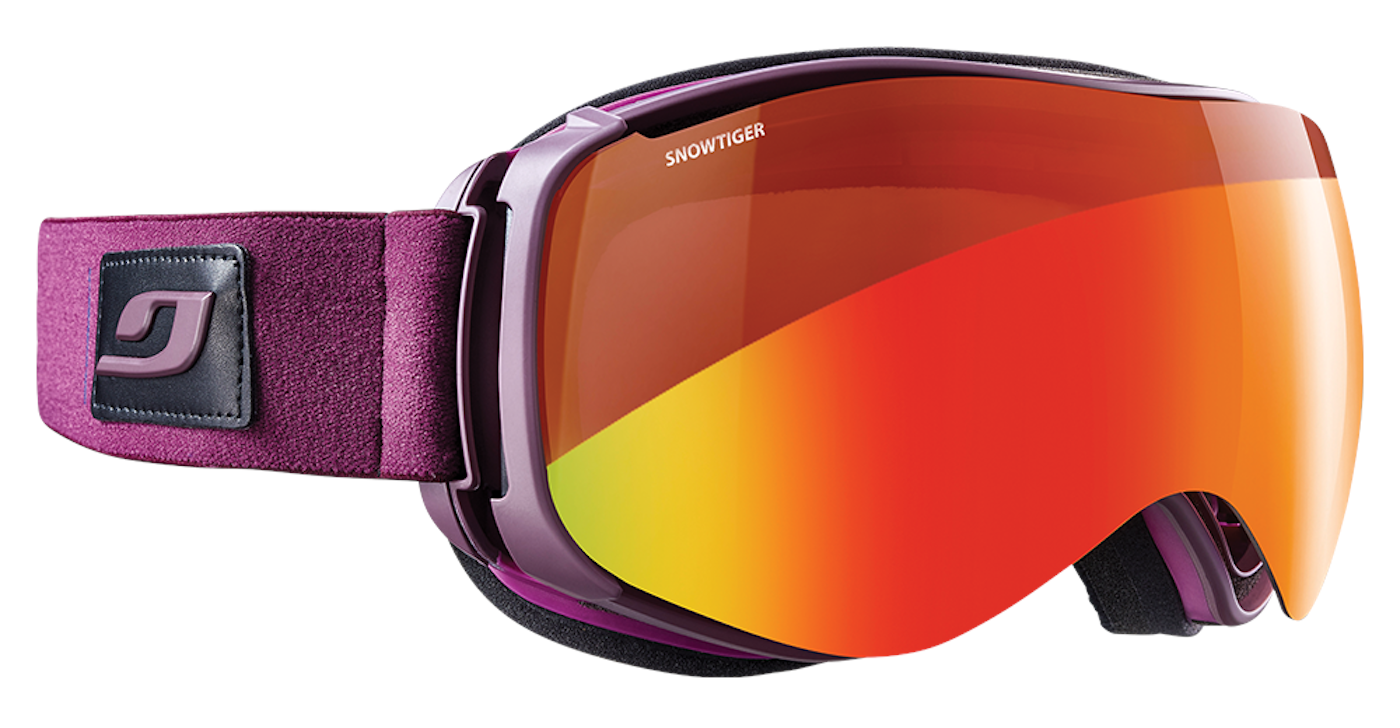
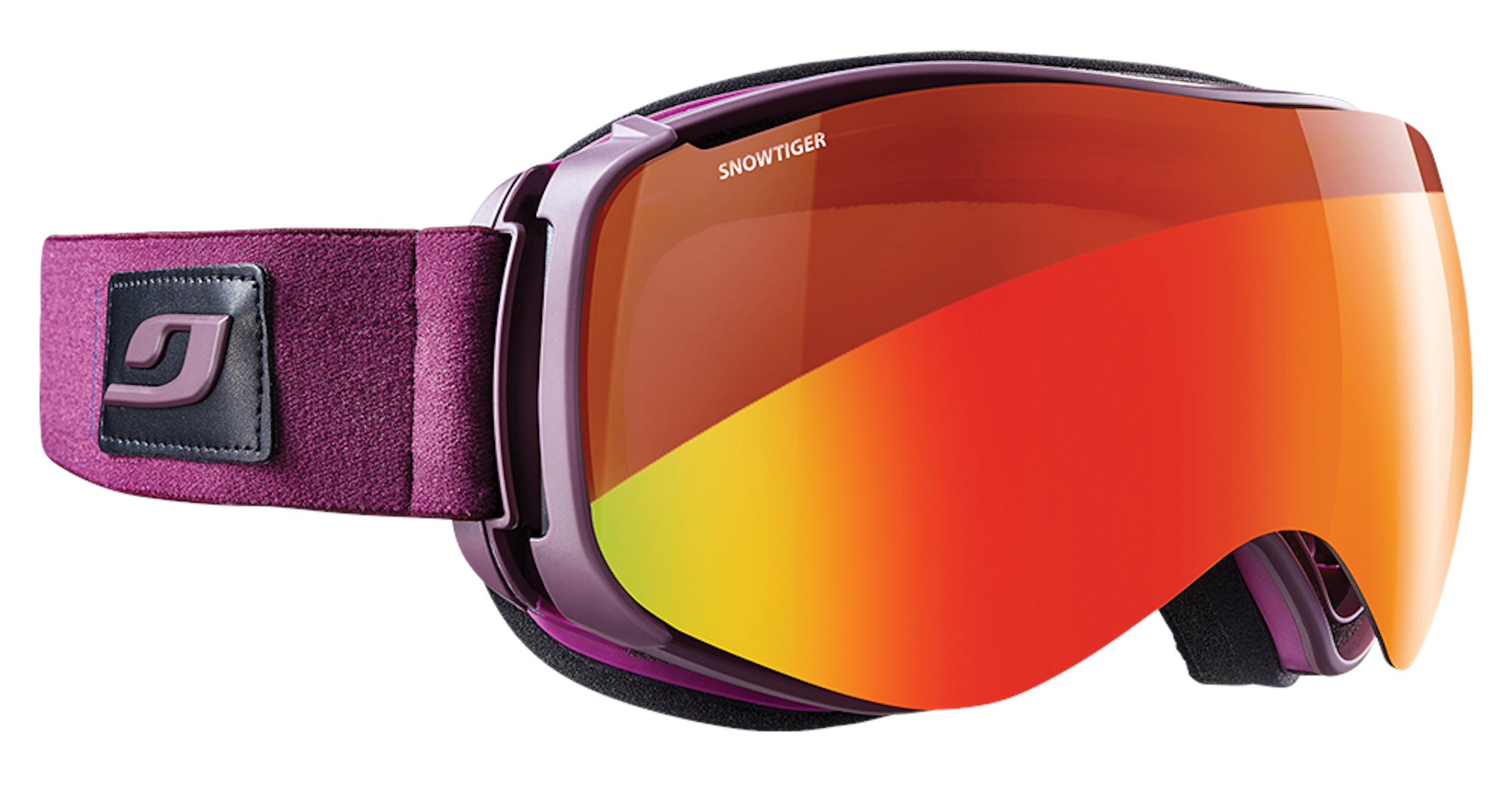
The Starwind is built for small to medium faces and is backed by Julbo’s innovative technology. The lens provides a massive field of vision, for starters. It’s also built using Julbo’s SuperFlow system, allowing it to pop ever-so slightly away from the frame for coveted airflow during touring missions. See ya’ later, fog. A photochromic lens adapts to wide-ranging light conditions, as well.

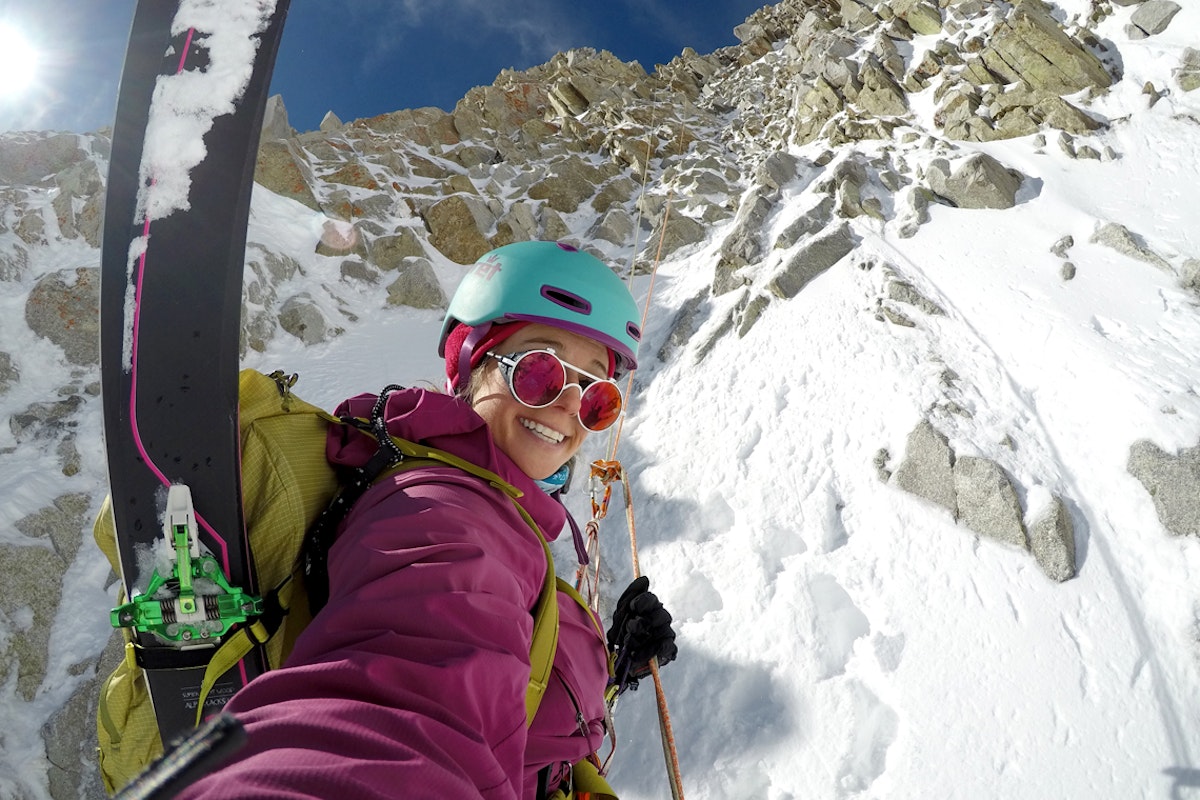

![[GIVEAWAY] Win a Head-to-Toe Ski Setup from IFSA](https://www.datocms-assets.com/163516/1765920344-ifsa.jpg?w=200&h=200&fit=crop)


![[GIVEAWAY] Win a Legendary Ski Trip with Icelantic's Road to the Rocks](https://www.datocms-assets.com/163516/1765233064-r2r26_freeskier_leaderboard1.jpg?auto=format&w=400&h=300&fit=crop&crop=faces,entropy)




![[GIVEAWAY] Win a Head-to-Toe Ski Setup from IFSA](https://www.datocms-assets.com/163516/1765920344-ifsa.jpg?auto=format&w=400&h=300&fit=crop&crop=faces,entropy)


